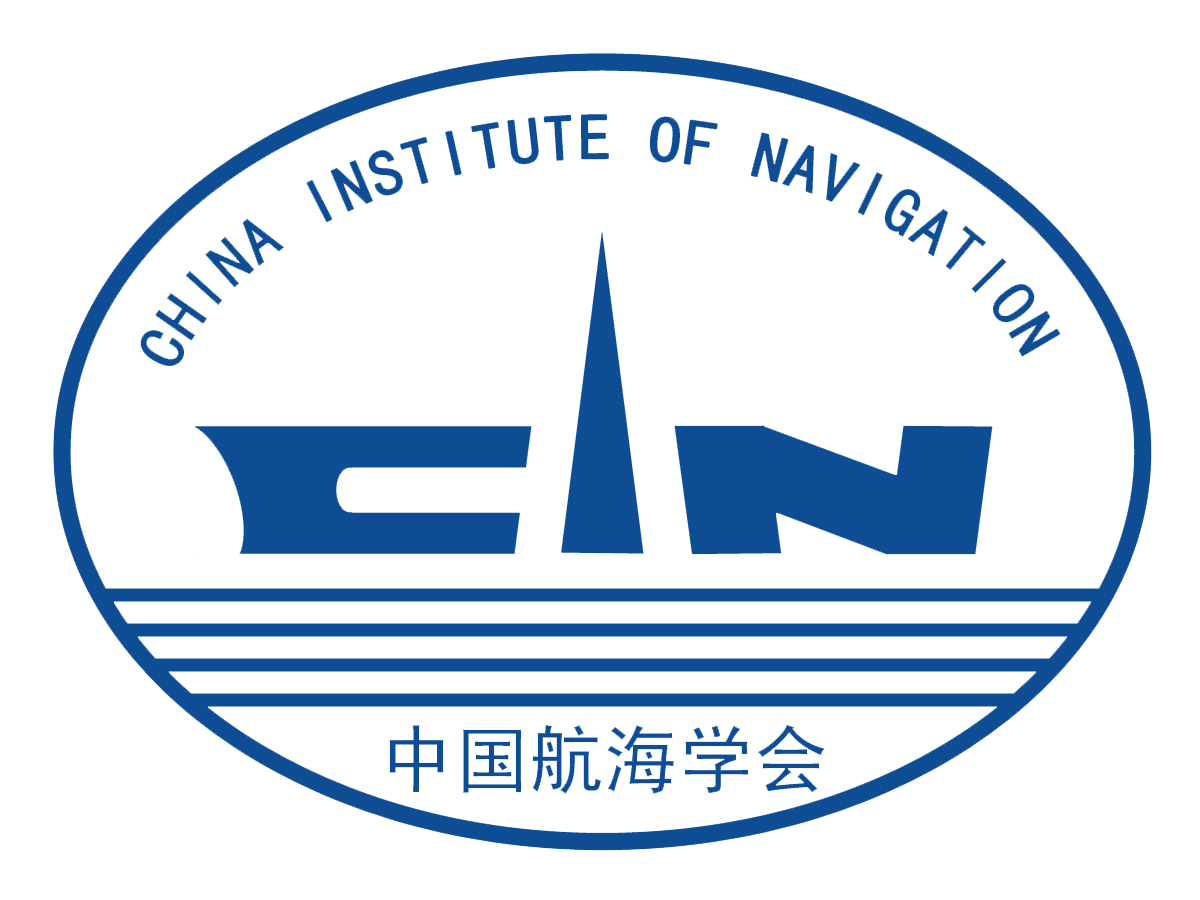“我是吃饺子长大的!”
这是远洋水手魏海的口头禅。
魏海出身于山东一个渔村,从小丧母,父亲是名远洋海员,常常漂泊在海上。
魏海从小由外婆抚养。山东是中国水饺的发源地。外婆做得一手好水饺:暈的,素的,鱼肉的,三鲜的,什锦的…,特别是逢年过节,各式各样的水饺花样翻新,香味诱人。有的饺子里还放上钱币和吉祥物,幸运者吃上这种饺子,全年吉祥发财!
魏海从记事起,外婆就隔三岔五包上一顿饺子。所以,魏海说是吃饺子长大的一点也不夸张。
值得魏海骄傲的是做了海员后,足跡遍及许多国家和地区,特别是欧美国家大城市的“华人亍”,许多歺厅里,“大娘水饺“已经“登堂入室”摆上歺桌。“大娘水饺”可谓山东人的骄傲!
魏海常常以此自豪。
但是,一次偶然的机会,魏海发现“饺子”不仅不是中国独有,在一艘“幽灵船”里,被埃及人称为“饺子”的食品还救了船上多名水手。
”幽灵船”最初出现在中世纪海盗猖獗的欧州:被海盗“截杀”的船只被遗弃在茫茫大海里,没有灯火和动力,随波逐流,被人们称为“幽灵船“。船上的幸存者多数因为缺少食品和淡小而死亡。
随着航海技术的发展和海盗的收敛,“幽灵船”渐浙消声灭跡。近些年来,由于种种原因,比如地震,海啸和意外事故,“幽灵船”泛滥海上,给航海安全带来威胁。各国纷纷成立了追踪”幽灵船”的组织和机构。
魏海发现“幽灵船”里饺子的故事,是他被调入救捞船队不久,在一座船厂参观“幽灵船”时发生的。这是艘破旧的埃及废钢船,在拖往目的港途中,遭遇风暴,拖索断裂,被遗弃在大洋里。船上三名水手依靠捕捞海生物和船上形似“饺子“被当地人称做“饺子川的食品,在海上坚持了漫长的六十多天!
这个被称做”饺子“的埃及食品到底啥样,如何挽救了三名船员生命?
”吃饺子长大的”魏海想弄个明白。
可惜,“幽灵船”基本拆解完毕,生存的船员已返回故里。
机会终于来了。时隔不久,魏海将前往埃及接艘新的救捞船。
临行前,魏海特意准备了一些有关埃及饮食文化的资料,认真地硏读起来。
资料显示,埃及是个闻名于世的文明古国,饮食上严格遵守伊斯兰教规:斋月里白天禁食,不吃一切忌物,更不能吃带汁和未熟透的菜肴。吃饭时不能发出声响。绝不能与旁人谈话。
埃及人三歺十分有规律,早歺多为奶酪,面包和咖啡。中歺和晚饭较为讲究和丰富:除肉食米饭外,必备水果。饭前先默诵“以大慈大悲真主的名义“,然后用右手熟练的抓食。饭后一起默诵“一切赞颂全归万物之主安拉。”
魏海寻找埃及“饺子”的行程开始了。
魏海做为一名远洋海员足跡遍及世界各地,曾多次穿越埃及的苏伊士运河,冈时也饱览了这个著名的埃及古国:耀眼的金字塔,繁华的运河“商区”,巍峨林立的庙宇…。特别一次船在埃及航修,正值埃及的斋月节。船舶代理特别邀请他们几个年青海员到家里做客。
斋月节是埃及的重要节日。一定要吃蚕豆和甜食。斋月节当天必吃咸鱼和大葱。埃及的食品带有北非的阿拉伯风情,特别喜欢吃甜食。最著名的是一款名叫“库纳德“的面点;将调成糊状的面粉放在漏勺内,面糊从漏勺孔中落成细丝,均匀撒落在油锅内煎成撒状的“撒子”,十分香甜可口。
埃及人十分热情好容,逢年过节或遇上大喜日子,除邀请贵宾和好友外,平时与主人无甚交往的人也可光临助兴。但是,埃及人请客坐席十分讲究身份和等级。还会用“发誓”的名义劝客人多食。
上次在埃及过“斋月节“使魏海学到了许多埃及的饮食文化,但是关于“饺子“的影子丝毫没有,资料里也没有任何“踪跡”
就在魏海接船即将离开埃及的前一天,魏海从一家面食店老板那里找到了答案;这种被埃及人称做”盖塔”形似中国饺子的面食,是用葡萄干和干果绞拌制成的”饺子馅“,包好后不蒸不煮,而用温油炸制而成,个头比中国饺子大好几倍。由于“饺子馅”多为干果,制做工艺特殊,常温下十分容昜储存,是埃及远洋海员十分喜爱的常备食品。
这种埃及远洋海员喜爰的“常备食品“,没想到拯救了三名遇难海员的生命!
揭开《幽灵船里“饺子”》秘密的魏海不仅自已获得了收获,而且让“我吃饺子长大的”魏海名气更响了!
“I grew up eating dumplings!”
This was the catchphrase of the Chinese sailor Wei Hai.
Wei Hai was born in a fishing village in the Shandong province. He lost
his mother when he was young, and his father was a mariner who was often
away at sea. He grew up in Shandong, and was raised only by his
grandmother.
Wei Hai’s grandmother was exceptional at making dumplings, a Shandong
delicacy that China is most well-known for. Meat dumplings, vegetarian
dumplings, fish dumplings, assorted dumplings… On festive occasions, Wei
Hai’s grandmother made an enormous variety of dumplings with different
shapes, patterns, and always an irresistible aroma. Sometimes, she even
filled certain dumplings up with gold coins and lucky charms, which were
believed to bring good luck and prosperity to the eater.
Ever since Wei Hai could remember, he had dumplings for almost every
other meal. So to say that he grew up eating dumplings, was not an
exaggeration.
As Wei Hai grew up to become a seafarer, something that made him proud
wherever he sailed to was the fact that there often was a Chinatown in
major cities, especially in Europe or the United States. And in Chinatown,
he could regularly find dumplings as a specialty item on restaurant menus.
As a Shandong native, Wei Hai felt a great burst of pride for his hometown
whenever he came across dumplings overseas.
However, as his horizons broadened, Wei Hai found out that dumplings
were not exclusively from China. Strangest of all, he found out that there
was a particular “ghost ship” on which Egyptian dumplings had saved the
lives of a few stranded sailors.
Ghost ships first appeared in the Middle Ages in Europe, when vicious
pirates roamed the seas. These pirates often intercepted other ships and
left them drifting on the bottomless ocean without any power or
electricity. Most of the ships’ victims were either painfully killed in
the pirate attacks or would die of starvation soon after. As these tragic
damaged vessels floated aimlessly across the sea, carried only by wind and
waves, people began to refer to them as “ghost ships”.
With the advancement of modern technology and marine travel
regulations, pirates gradually retreated from the oceans and the
appearances of ghost ships also diminished. In recent years, ghost ships
are more often caused by earthquakes, tsunamis, or other accidents. In
order to prevent ghost ships from becoming a hindrance to international
sailing routes, many nautical organizations established institutions and
focus groups specifically designed to track and salvage abandoned vessels.
Wei Hai found out about the dumplings on the ghost ship when he got
transferred into a salvage fleet and was visiting various abandoned vessels
at a shipyard. This specific ghost ship was an old Egyptian steel craft
that was already in a state of decay. It sailed into a violent storm that
broke its towline when it was en route to a foreign port, and was deserted
in the middle of the ocean. Only three of its crewmen survived. They relied
on dredging up small fishes from the sea and the dumpling-shaped foods they
managed to recover from the ship as their only sources of nourishment, and
were able to persevere while drifting on the ocean for 60 days.
Wei Hai, who “grew up eating dumplings”, wanted to understand how
these peculiar dumpling-shaped foods sustained the lives of the three men
for so long.
Though this ghost ship was basically dismantled and its three surviving
crew members had already returned home, Wei Hai was soon presented with an
opportunity to sail to Egypt to salvage yet another abandoned ship.
Motivated by the chance to uncover the secrets beneath the ghost ship and
its dumplings, Wei Hai read intensively about Egyptian culture and cuisines
before his journey.
Wei Hai already knew that Egypt had world-renowned cultural traditions
and history, but through his research, he learned that many Egyptian people
strictly followed Islamic dietary rules: a halal diet and daytime fasting
during Ramadan. Their meals were also very structured and regular.
Breakfast mostly consisted of bread, cheese, and coffee, whilst lunch and
dinner were much more elaborate and lavish, consisting of rice, meat, and
fruits. They also recognized their blessings and said a du’a before and
after meals, and ate only using their right hand.
With a basic understanding of Egyptian culture and practices, Wei Hai
set sail on his journey in discovering the story within the ghost ship and
dumplings.
As a storied seafarer, Wei Hai had rolled his ship into countless ports
and harbors. He crossed the Suez Canal of Egypt and marveled at the
glorious sights of Egypt: breathtaking golden pyramids, the bustling Suez
Canal, and magnificent temples… But perhaps the most enlightening cultural
experience occurred for Wei Hai when his ship was being repaired at an
Egyptian harbor during Ramadan, and he and a few other young boatmen were
invited to an Egyptian port manager’s home as guests.
Ramadan is an extremely important month of observance in Egypt. During
Ramadan, Egyptians eat fava beans before dawn, and on the day of Eid
al-Fitr, which celebrates the end of Ramadan, salted fish like Fesikh and
Moloha are prepared. Wei Hai noticed that Egyptian food had influences from
North African and Arab flavors, and many Egyptians liked sweets and
pastries. The most popular pastry was probably the Kunafa, which is made by
putting batter into a slotted spoon and scattering it evenly onto a pan to
make deep fried string-like dough. Wei Hai deeply enjoyed the Kunafa, as
they were delicious and unlike anything he’d ever had before.
The Egyptian people were very warm and hospitable. Anytime a festival
or holiday rolled around, not only did family and friends help prepare for
the celebrations, people who don’t usually interact with the hosts were
also welcome to help out and celebrate together. The hosts would encourage
and persuade their guests to eat as much as they could, although the
Egyptian people were aware of social structure and economic class, and were
careful about where guests should be seated at the dinner table.
Wei Hai’s trip to Egypt allowed him to gain a significant insight into
Egyptian culture and cuisine, but he still couldn’t find a trace of
information on the dumplings on the ghost ship.
The day before Wei Hai’s ship was ready for yet another voyage, Wei
Hai finally found his answer as he passed by an old Egyptian street food
stall. The so-called dumpling shaped foods were in fact a pastry named
Qatayef, which is many times larger than the Chinese dumpling. Its filling
is made with raisins and nuts, and after the filling is wrapped in dough,
it isn’t boiled or steamed but fried in medium heat. Because the Qatayef
is made with a special artistry and filled with nuts and dried fruits, it
became a favorite for sailors, who could keep it fresh and ready to eat no
matter what weather or unpredictable condition that the oceans conjures.
This unsuspecting pastry is not only loved by seafarers, locals, and
tourists alike, but it also saved the lives of three crewmen who were lost
at sea!
At long last, Wei Hai was delighted to unveil the secret of the special
Egyptian Qatayef “dumpling” on the ghost ship. With his worldview
broadened and having formed a subtle cultural connection between two
seemingly distant nations, this revelation made him even more proud to be
someone who “grew up eating dumplings”!
来源: 中国航海学会


 科普中国公众号
科普中国公众号
 科普中国微博
科普中国微博

 帮助
帮助
 中国航海学会
中国航海学会 
